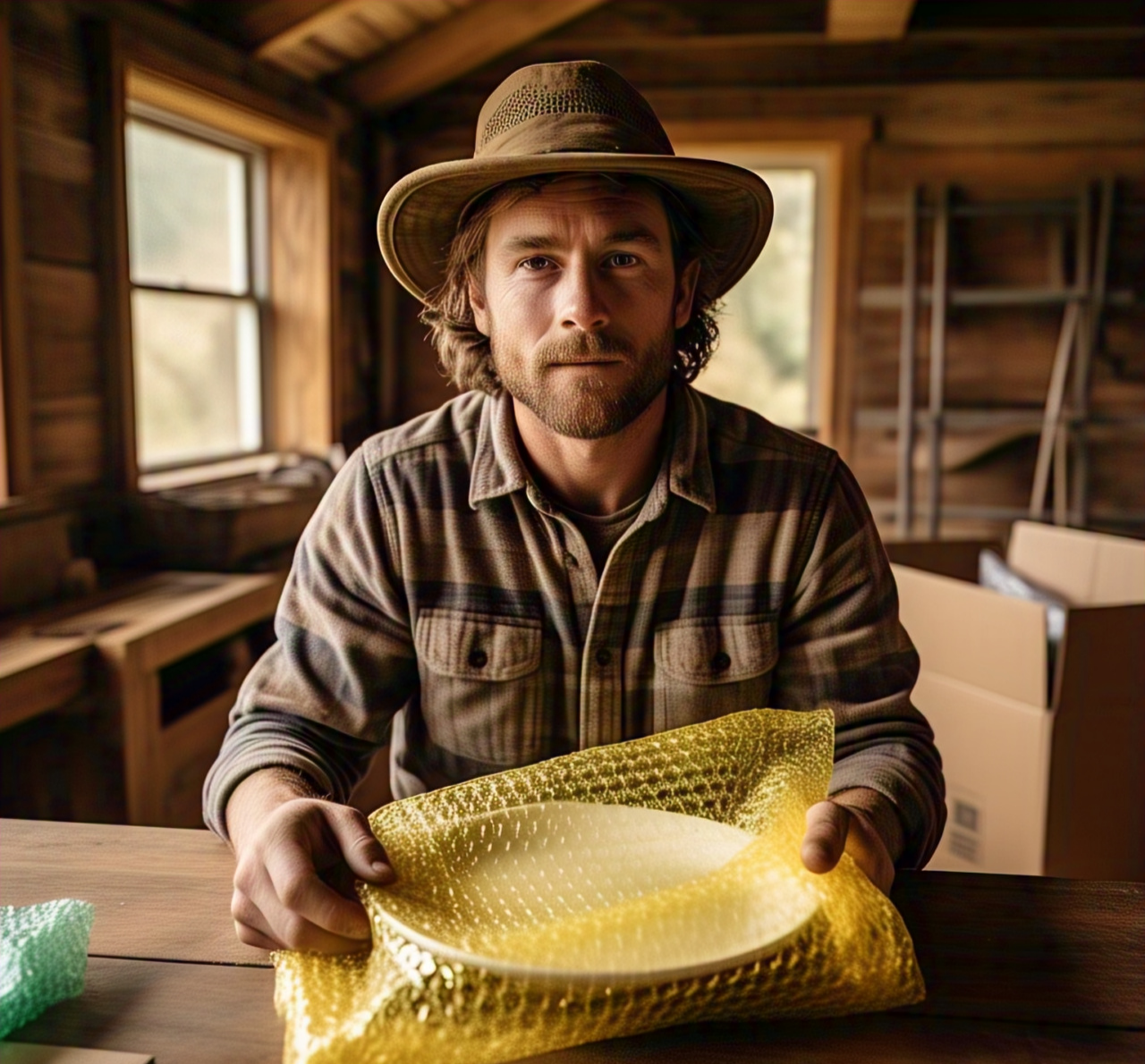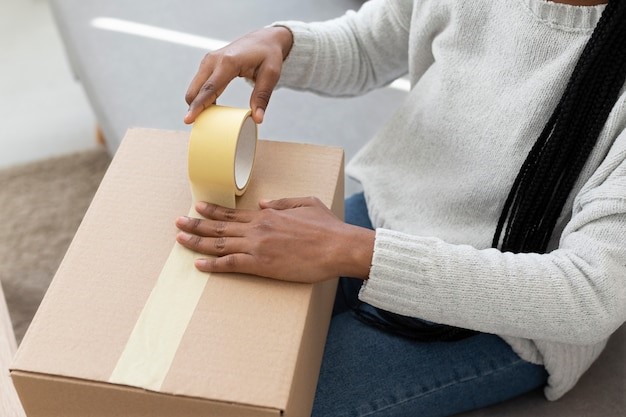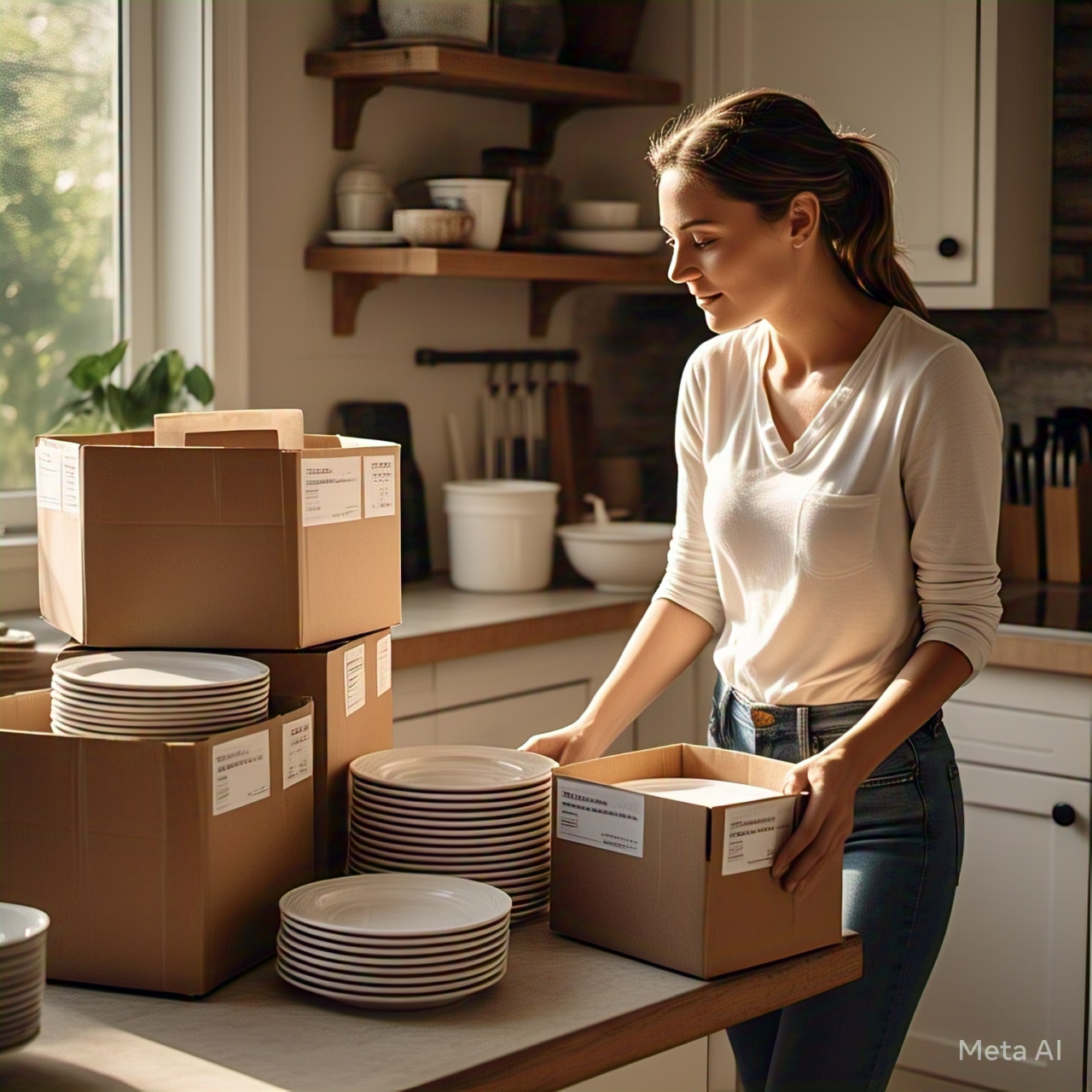Moving to a new home is exciting, but when it comes to packing fragile items like plates, things can get stressful.
Nobody wants to open a moving box to find shattered pieces. So, what’s the best way to ensure your plates make it to your new home safely?
In this guide , we’ll cover everything you need to know about how to pack plates for moving, from supplies to loading tips.
Why Proper Packing Matters
Plates are one of the most delicate household items. A small crack can render them useless, and replacing an entire set can be costly. Proper packing not only saves you money but also reduces the stress of dealing with damaged items when unpacking.
Common Problems with Packing Plates
- Breakage during transit – Plates can crack or shatter due to impact or pressure.
- Scratches and chips – Poorly packed plates may rub against each other, leading to unsightly damage.
- Overloaded boxes – Overpacking can make boxes too heavy to carry safely, increasing the risk of dropping.
- Improper stacking – Plates packed flat are more likely to break than those packed on their side.
By following the right techniques, you can prevent these issues and ensure a smooth move.
Supplies You’ll Need

Before you start packing, gather these essential supplies:
- Sturdy moving boxes – Preferably medium-sized boxes designed for fragile items.
- Packing paper – Essential for wrapping and cushioning.
- Bubble wrap – Provides extra protection for expensive or sentimental plates.
- Packing tape – Strong tape to secure the boxes.
- Markers & labels – To label boxes as fragile.
- Soft items (towels, dishcloths, or clothing) – Great for additional padding.
- Foam plate separators – Useful for keeping plates apart without extra wrapping.
Step-by-Step Guide to Packing Plates
1. Prepare Your Moving Box

- Choose a medium-sized box to avoid excessive weight.
- Reinforce the bottom of the box with extra tape.
- Add a thick layer of crumpled packing paper, bubble wrap, or a towel at the base for shock absorption.
- Check for sturdiness before placing your plates inside.
2. Wrap Each Plate Individually

- Place a plate on a sheet of packing paper.
- Fold the corners of the paper over the plate and wrap it securely.
- For extra protection, add a layer of bubble wrap.
- Secure with packing tape.
- For expensive or heirloom plates, consider wrapping them in soft fabric or dish towels instead of paper.
3. Stack and Pack Plates Vertically

- Should plates be packed flat or on their side?
- Always pack plates on their side! They can withstand pressure better this way.
- Plates stacked flat bear the weight of everything above them, increasing the risk of breakage.
- Place wrapped plates vertically in the box like records in a crate.
- Add packing paper or soft towels between each plate to prevent movement.
4. Fill Any Gaps
- Use crumpled packing paper, towels, or foam peanuts to fill empty spaces inside the box.
- The goal is to prevent shifting during transit.
- Shake the box gently – if you hear movement, add more padding.
5. Seal and Label the Box

- Tape the top securely using strong packing tape.
- Clearly label the box as “FRAGILE – PLATES” and mark which room it belongs to.
- Consider writing “This Side Up” on the box to ensure proper handling.
How to Transport a Lot of Plates Safely

If you have a large number of plates, here are some additional strategies to keep them safe:
- Use dish barrel boxes – These are double-walled and designed specifically for breakables.
- Pack plates by size – Keep large dinner plates separate from smaller salad or dessert plates.
- Distribute weight evenly – Avoid stacking all your plates in one box. Instead, spread them across multiple boxes.
- Use luggage for extra protection – A hard-shell suitcase with padded lining can be a great way to transport delicate plates.
- Consider professional packing services – If you’re moving long-distance or have valuable plates, hiring professionals movers might be worth the cost.
Additional Tips & Tricks
- Use disposable plates between ceramic ones for added cushioning.
- Don’t overpack boxes; heavy boxes increase the risk of dropping.
- Wrap valuable or sentimental plates twice for extra safety.
- Unpack fragile boxes first when you arrive to prevent accidents later.
- Use color-coded labels to easily identify boxes when unpacking.
- Place plates in a plastic bin if moving in bad weather – this prevents water damage.
Unpacking Your Plates Safely
Once you’ve arrived at your new home, unpack your plates carefully:
- Open the box from the top and remove the padding first.
- Take out each plate one by one, avoiding sudden movements.
- Wash all plates before using them, as packing materials may leave dust or residue.
- Organize them in cabinets with non-slip liners to prevent shifting.
Final Thoughts
Packing plates for a move doesn’t have to be overwhelming. With the right supplies and careful packing, you can ensure they arrive safely. Follow these steps and enjoy a stress-free move! If you’re still unsure, professional movers can help make the process even easier.





